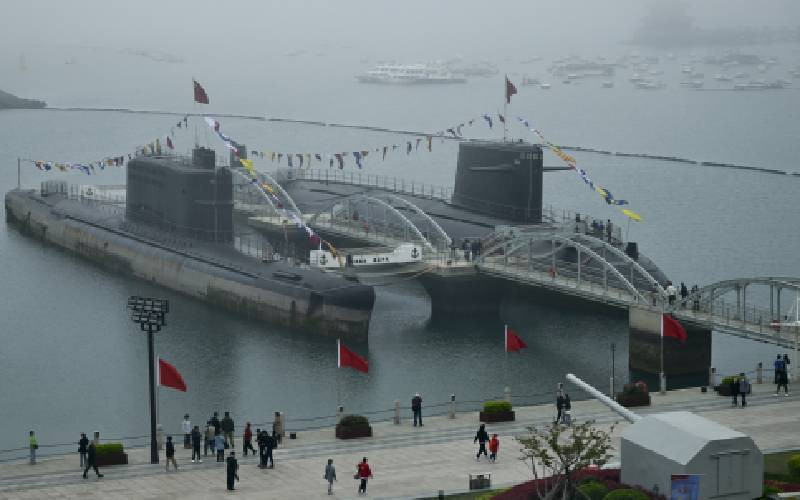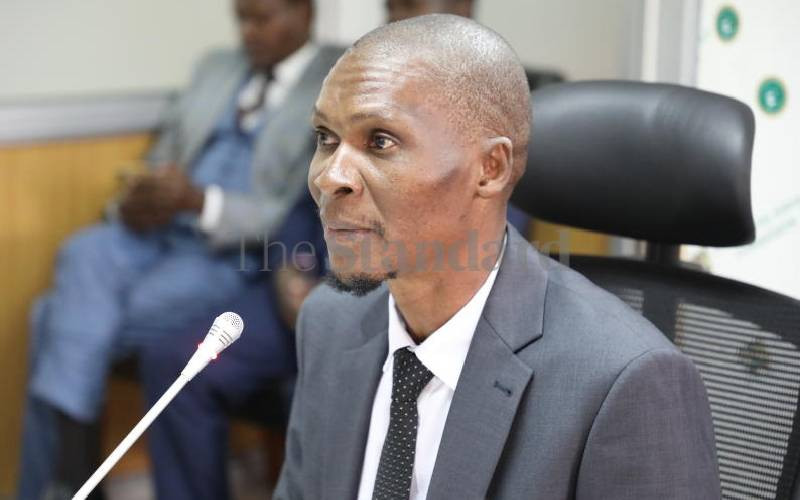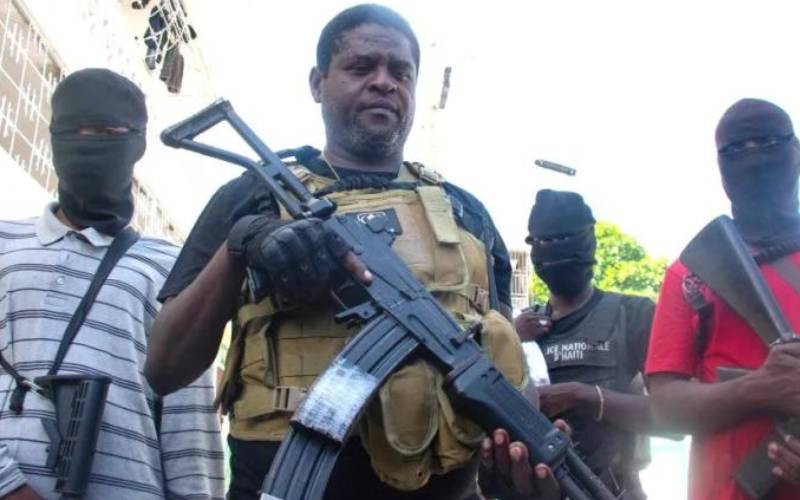Since the electoral campaigns kicked off, peace messaging has been intensified. Different messages for peace have been crafted to address fears of political violence ignited by the elections. The civil society and constitutional state agencies have been in the forefront to ensure peace and cohesion before, during and after elections.
The efforts have not been easy, where in many cases the peace actors have been heavily criticised. The critique has been positive to the peacemakers in many ways. First, the public strongly asked for justice and not peace. According to this perspective, there can never be peace without justice.
The other challenge is the question of how to preach peace to people who are still wounded. This is the voice from those who incurred damages including loss of lives from the actions of the police and citizens believed to have been exercising their constitutional mandate.
It becomes tricky to address such gross damages in simple peace messaging without intensive dialogue frameworks and psychosocial support. It therefore brings another dilemma of whether to preach peace or advocate people's rights. Another scenario is where promoters of peace have been under siege, with more attention paid on their in-actions (especially religious leaders) than on the messages shared.
The media has also taken a fair share of blame on lethargy or compromise. These are just but the tip of the iceberg on the dilemma most peace actors deal with. Kenya has witnessed different types of peace, after every election period.
Now, I would invoke the debate by Johan Galtung, the father of peace studies, who refers to the distinction between 'negative peace' and 'positive peace.' Negative peace in this situation refers to the absence of violence.
For example, a ceasefire or calm that we have witnessed after the court ruling on the presidential poll petition represents negative peace. It is negative because something undesirable stopped happening for instance, the active violence stopped or simply postponed. Positive peace on the other hand is filled with positive content such as restoration of relationships, the creation of social systems and the constructive resolution of conflict. This is the long-term focus that informed creation of the National Commission for Integration and Cohesion.
In this understanding, peace does not mean the total absence of any conflict. It means the absence of violence in all forms and the unfolding of conflict in a constructive way. This means that peace is a cyclical process that changes the terrain. It is on this premise that PeaceNet focuses on conflict transformation through constructive dialogue with communities.
This message is to enhance our understanding that peace, justice, and people's rights are not just events but processes that have very strong correlation. We cannot therefore focus on others and ignore any. It is the reason different organisations and constitutional institutions focus on addressing peace and justice together for better results. The peace messages therefore do not negate any pursuit of justice and vice versa. Let us embrace peace as to give justice a chance, especially now that justice has brought some peace.
-The writer is CEO of Peace and Development Network (PeaceNet)
 The Standard Group Plc is a
multi-media organization with investments in media platforms spanning newspaper
print operations, television, radio broadcasting, digital and online services. The
Standard Group is recognized as a leading multi-media house in Kenya with a key
influence in matters of national and international interest.
The Standard Group Plc is a
multi-media organization with investments in media platforms spanning newspaper
print operations, television, radio broadcasting, digital and online services. The
Standard Group is recognized as a leading multi-media house in Kenya with a key
influence in matters of national and international interest.
 The Standard Group Plc is a
multi-media organization with investments in media platforms spanning newspaper
print operations, television, radio broadcasting, digital and online services. The
Standard Group is recognized as a leading multi-media house in Kenya with a key
influence in matters of national and international interest.
The Standard Group Plc is a
multi-media organization with investments in media platforms spanning newspaper
print operations, television, radio broadcasting, digital and online services. The
Standard Group is recognized as a leading multi-media house in Kenya with a key
influence in matters of national and international interest.








